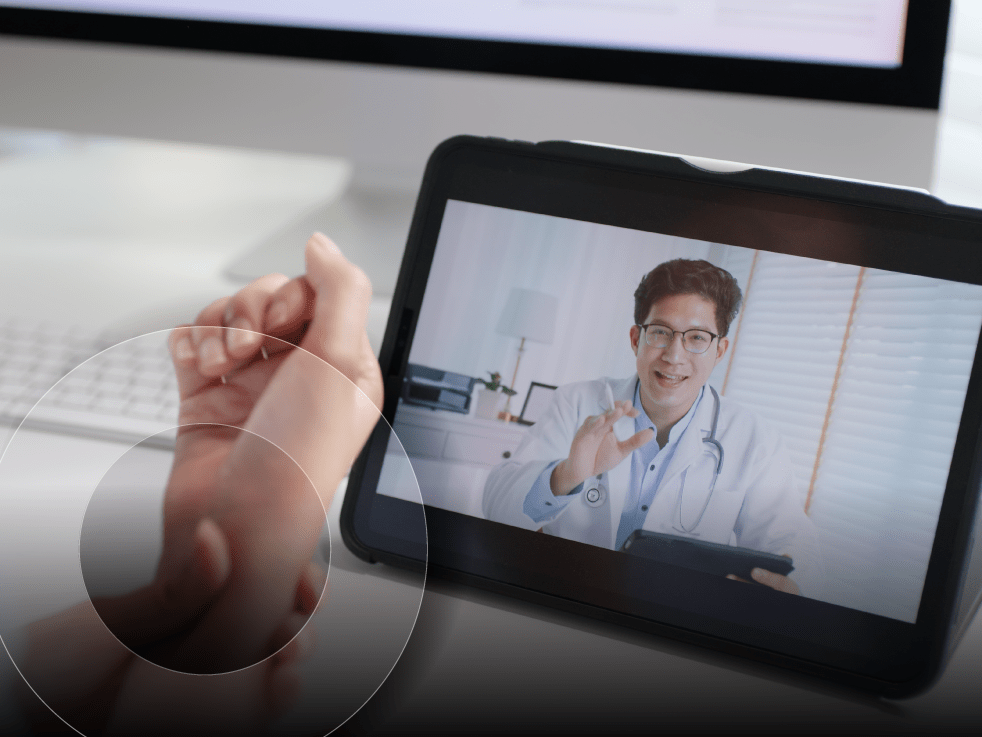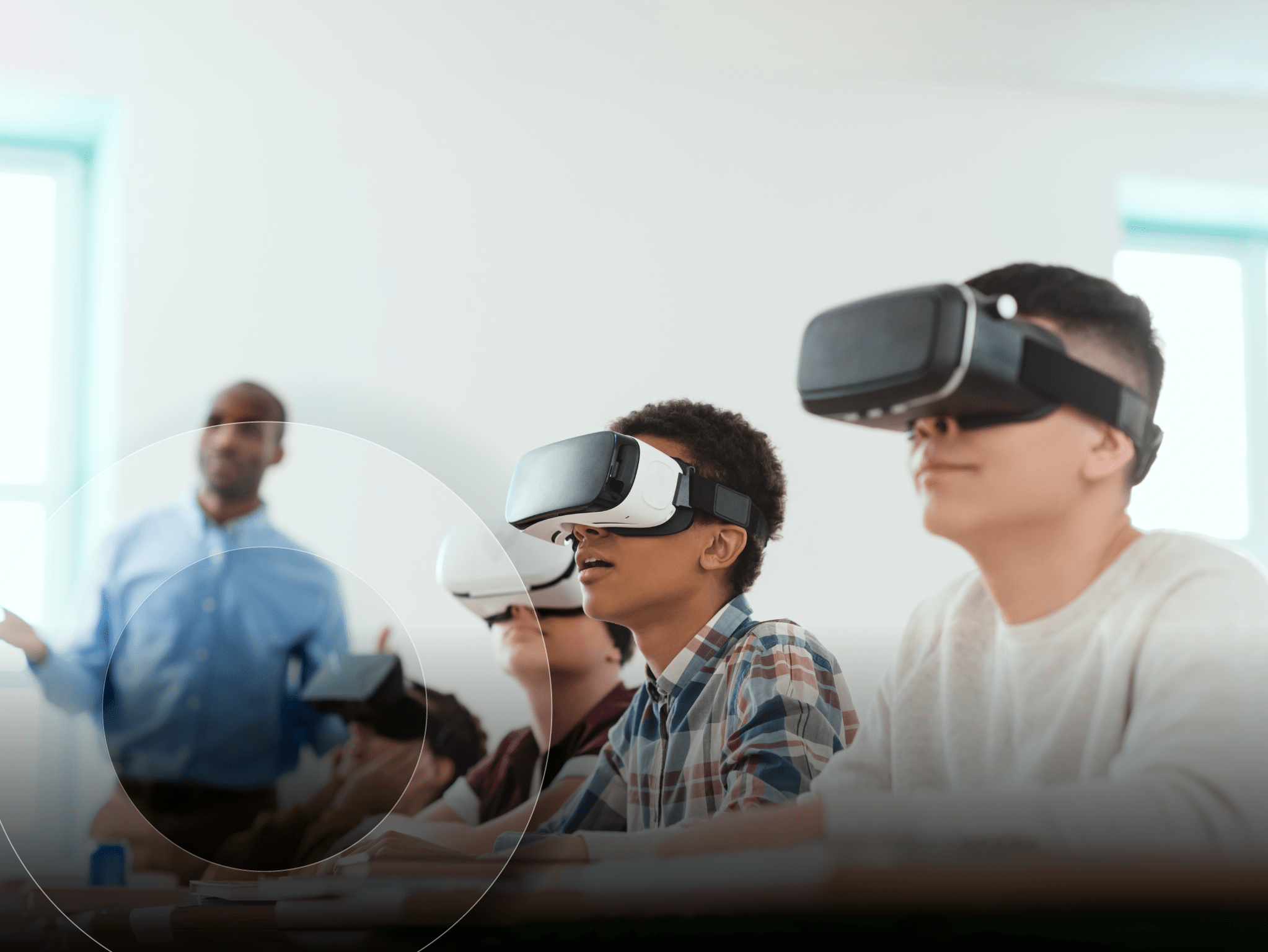How AI-powered meeting rooms transform workplace collaboration:
Smarter meetings lead to stronger solutions.

Meetings should be catalysts for innovation and productivity, but in many cases, they’re anything but, especially now that hybrid work models are the norm.
Traditional conference rooms, designed for in-person interactions, don’t create an equitable experience for all participants. Seventy-six percent of employees don’t believe current meeting rooms are enhancing productivity in the office, either, according to Cisco. So, what you’re left with is a fragmented workforce, siloed information, and a growing sense of frustration among employees.
At the heart of this crisis lies a fundamental mismatch between our tools and our needs.
The collaboration conundrum
Legacy audio-visual systems serve as barriers to productive meetings, often failing to bridge the gap between physical and virtual spaces. According to ViewSonic, up to 15% of meeting time is usually wasted because of outdated or inefficient meeting room technology.
As a result, projects stall as vital information gets lost in the cracks. Creative brainstorming sessions become exercises in frustration. The cognitive load on employees increases dramatically.
Workers now juggle multiple platforms, struggling to maintain focus while dealing with technical issues. This constant friction only hampers productivity and contributes to digital fatigue and burnout.
Reimagining the meeting space
The modern workplace demands that we properly value and prioritize the right technology solutions.
Next-generation meeting rooms integrate artificial intelligence (AI), advanced sensors, and sophisticated software to create spaces that actively enhance collaboration.
They automatically adjust lighting and temperature for optimal comfort, initiate presentations with voice commands, and provide real-time transcription and translation services and summaries. They create equity between in-person and remote attendees.
Advanced camera systems use AI to frame individual participants to make sure remote workers see more than just a wide shot of a conference table, thereby maximizing productivity, information retention, and workflow efficiency.
AI-powered assistants can take notes, assign action items, and even provide real-time insights based on the discussion. This frees participants to focus entirely on the conversation, keeps valuable ideas or decisions from getting lost in the shuffle of daily business, and allows late or absent team members to easily catch up on what they missed.
The impact of these intelligent spaces extends far beyond the meeting itself. By integrating with project management and collaboration tools, they create a continuous workflow that blurs the lines between synchronous and asynchronous work. Ideas generated in a brainstorming session can be automatically categorized and added to relevant project boards. Meeting transcripts become searchable knowledge bases that allow teams to quickly reference past discussions and decisions.
Well-designed solutions make immersive meetings easier for all employees to access. IT teams no longer have to “concierge” every meeting to ensure it starts on time, is hassle-free, and has the right technology enabled.
Of course, audio is still the most important part of a meeting, and AI-assisted audio enables the highest-quality meeting experiences. It removes ambient sounds like HVAC noises, ruffling papers, and barking dogs, which detract from communication and understanding. With AI, microphone arrays can better isolate important speakers and cover larger areas.
Ultimately, meetings, overall, become … smarter.
Overcome implementation hurdles with the right partner
While the potential of intelligent meeting rooms and spaces is clear, many organizations don’t know where to begin. This is where an experienced partner like SHI becomes invaluable.
With over 16,000 video conferencing solutions delivered globally, SHI can help transform your outdated meeting spaces into hubs of innovation and engagement. Our certified experts analyze your existing meeting spaces, technology infrastructure, and network capabilities to identify potential bottlenecks. They delve into your organization’s unique workflow requirements to ensure the end solution aligns with your needs and culture.
Armed with these insights, we craft a tailored implementation plan. This can include anything from high-fidelity audio systems with beamforming technology, 4K cameras with AI-powered framing, and interactive displays for advanced digital whiteboarding to environmental sensors that optimize space utilization and comfort levels to foster productivity and creativity. The plan can also feature AV/VC hardware combined with your platform of choice, like Cisco, Zoom, Google Meet, Microsoft Teams, and more.
Beyond implementation, SHI provides robust user adoption programs (like customized training for employees), ongoing support to help minimize downtime, and regular check-ins to enable continuous improvement. All of this frees up your IT team to focus on strategic initiatives rather than troubleshooting.
The future of collaboration is here
AI-powered meeting spaces dissolve the barriers between physical and virtual presence to create an environment where ideas flow freely and innovation thrives.
They unlock new levels of productivity and foster greater employee engagement. That’s why 73% of respondents from a hybrid work study are investing in AI-powered collaboration software, and 68% are planning to enhance their workspaces with AI technologies by 2025.
The future of work will rely on intelligent, adaptive meeting spaces. It’s the smart decision.
Ready to transform your collaboration spaces? Connect with our experts and take the first step toward a more connected, productive future.




